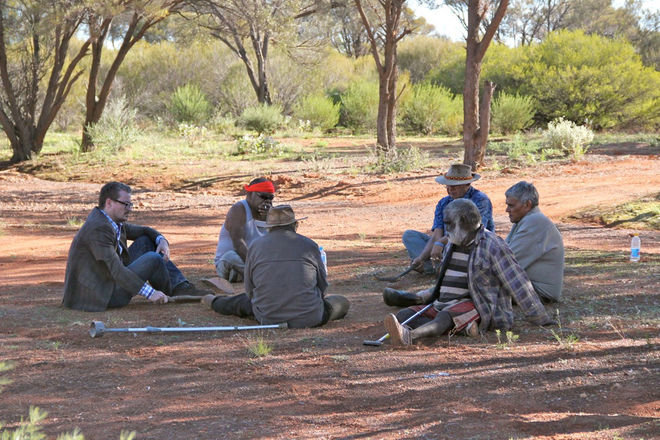
© Preben Hjort, Mayday FilmResearchers have found that Aboriginal Australians are some of the oldest living populations on Earth. Here, Eske Willerslev talks to Aboriginal elders n the Kalgoorlie area in southwestern Australia in 2012.
A group of humans migrating out of Africa some 40,000 to 70,000 years ago mingled with an as-yet unknown branch of humanity, researchers say.
Modern humans originated about 150,000 to 200,000 years ago in Africa. However, scientists have long debated when and
how the modern human lineage spread out of Africa to nearly every corner of the globe. Nearly everyone outside Africa descended from an exodus that occurred between 40,000 and 70,000 years ago, but recent
archaeological findings and
climate models suggest that migrations of modern humans from Africa began at least 100,000 years ago.
One way to find out whether, in the past, modern humans dispersed from Africa in one wave or many — and to see if they intermingled with any other human lineages along the way — is to examine the genomes of present-day modern humans.
"We're interested in understanding how our species has come to be how it is through the lens of ancient DNA," said Swapan Mallick, bioinformatics director at Harvard Medical School in Boston and lead author of one of the three studies appearing in the Sept. 22 issue of the journal
Nature.
Previous human genetic databases often sampled a relatively narrow range of populations, which could skew results or miss key details about
the migrations of modern humans out of Africa. Now, three studies have collected new, high-quality data from 787 human genomes from more than 280 geographically diverse populations around the world, including typically understudied and rapidly disappearing groups.
Among the understudied groups researchers looked at are African populations, which have considerable genetic, linguistic and cultural diversity. They also examined genomes from Australia, where previous research uncovered some of the earliest archaeological and fossil evidence of modern humans outside Africa.
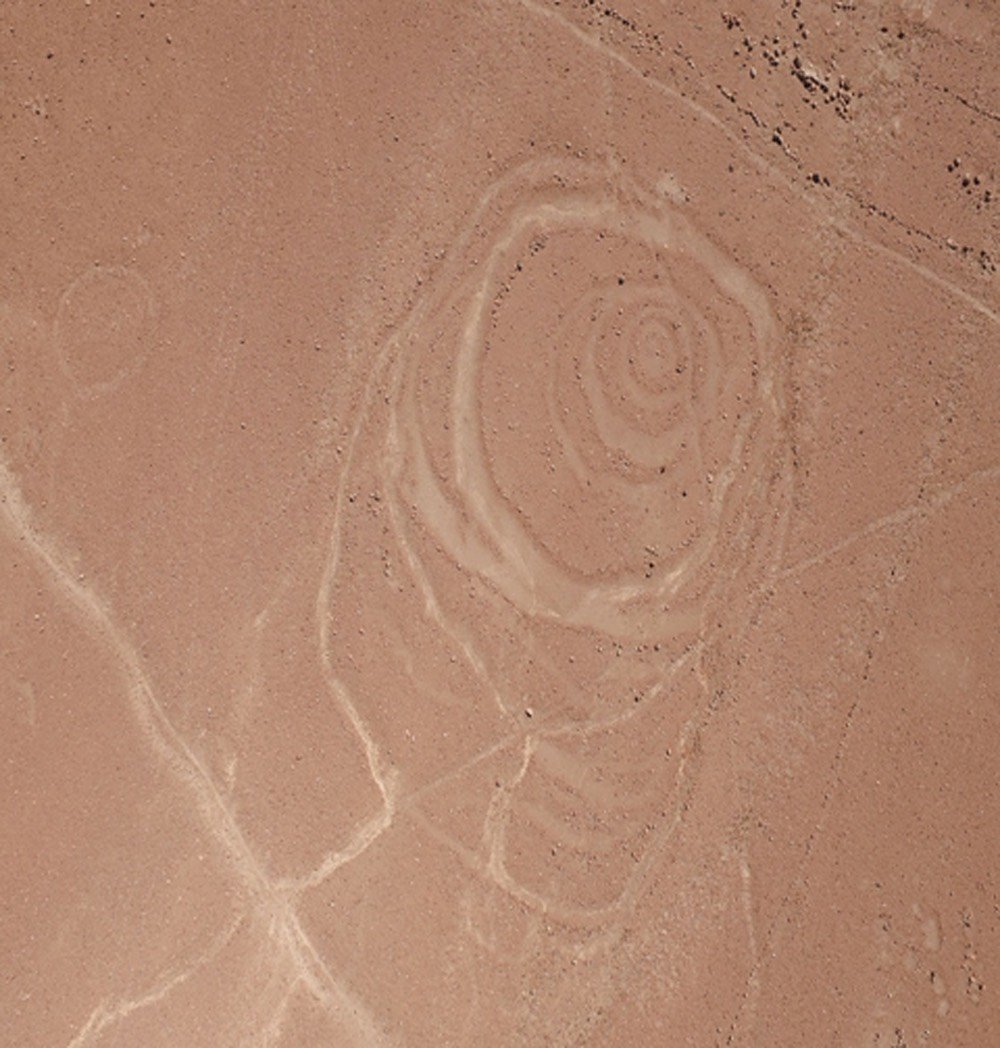
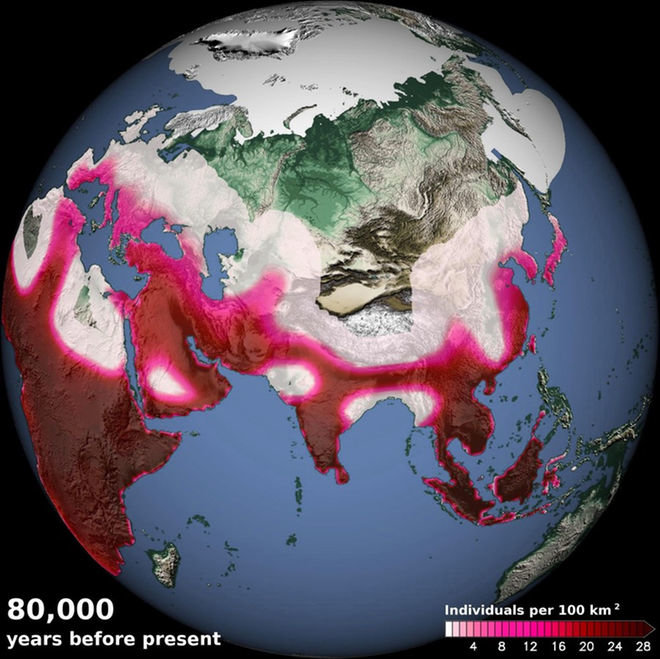


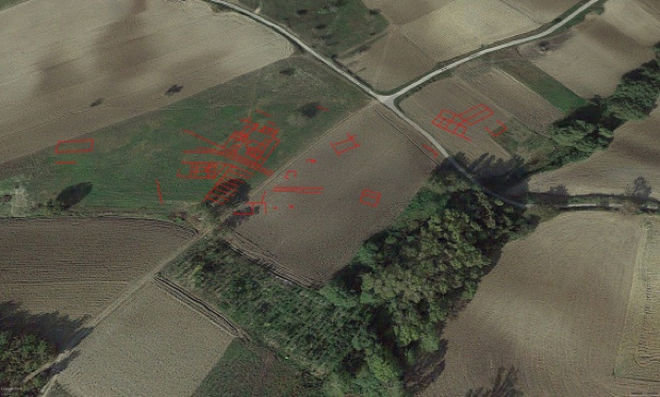
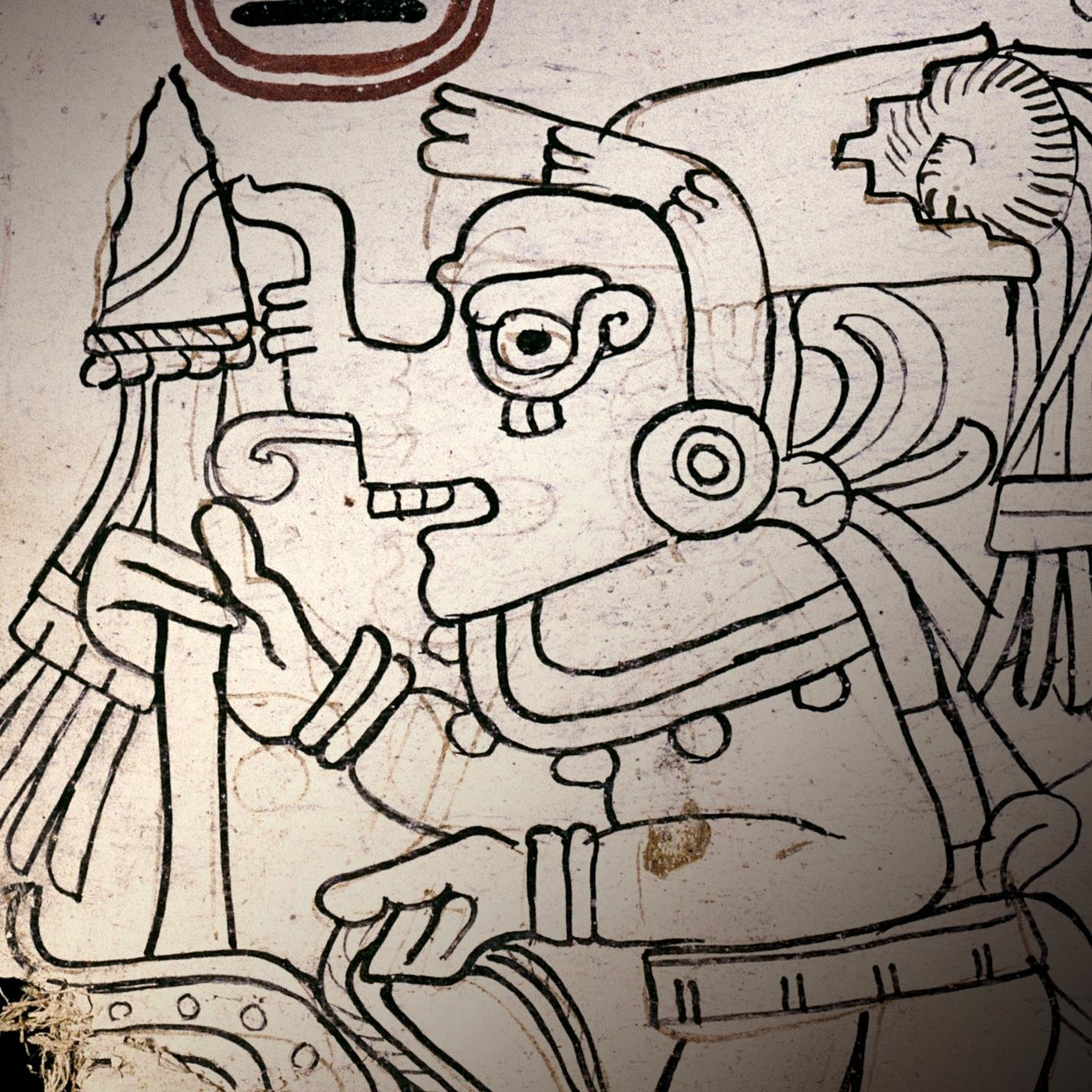
Comment: For more on Nick Turse's research on Vietnam war crimes, see his interview with Bill Moyers: